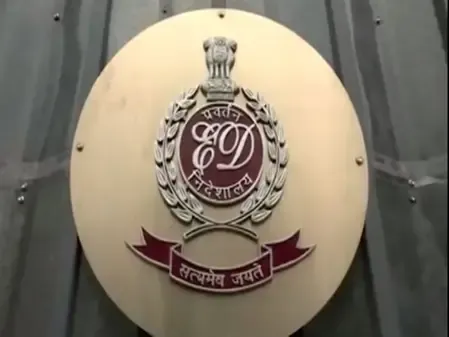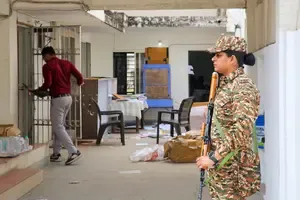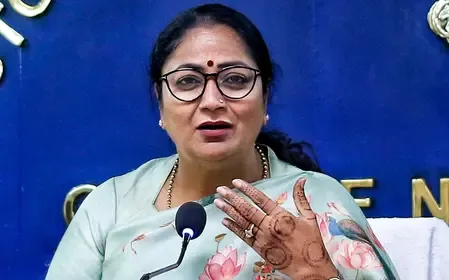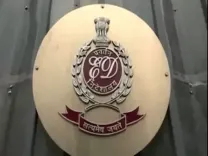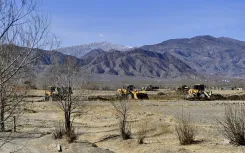What Measures is Gujarat Taking Against Post-Rain Disease Outbreaks?
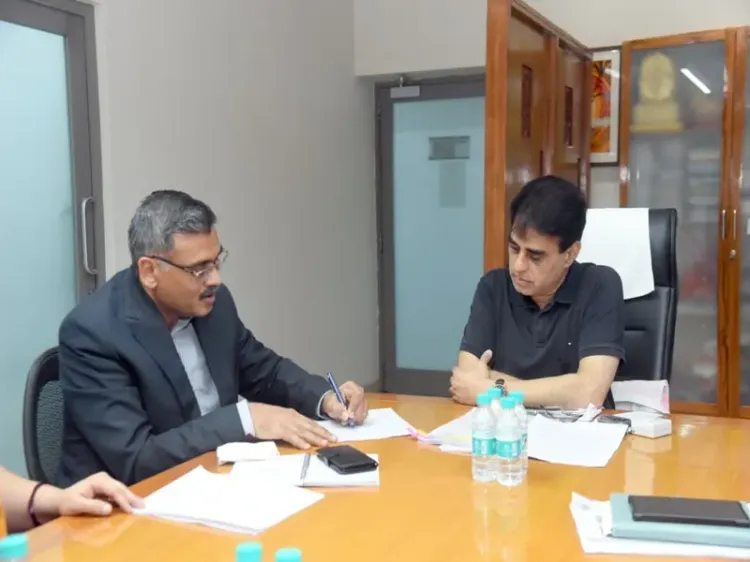
Synopsis
Key Takeaways
- Health Minister Pansheriya emphasizes the importance of preparedness against seasonal diseases.
- All health facilities across the state are stocked with essential medications.
- Warnings issued regarding the increased risk of snake and scorpion bites during rains.
- Continuous measures are in place to prevent disease outbreaks.
- Government remains committed to public health during adverse weather.
Gandhinagar, Nov 2 (NationPress) Following the unexpected rains in Gujarat, Health and Family Welfare Minister Praful Pansheriya convened a crucial meeting to assess preventive strategies against possible outbreaks of vector- and water-borne diseases like dengue, chikungunya, malaria, and typhoid.
During the meeting, which included senior officials from the Health Department in Gandhinagar, Minister Pansheriya highlighted that all Primary Health Centres (PHCs), Community Health Centres (CHCs), and state-run hospitals have been stocked with essential medications and health resources to manage any increase in seasonal diseases.
The Minister reiterated that under the guidance of Chief Minister Bhupendra Patel, the state government is deeply committed to protecting public health during challenging weather circumstances.
The Health Department is actively implementing continuous and effective measures to prevent the spread of waterborne and airborne diseases that may arise from stagnant water and moist conditions following the recent rains.
Moreover, Pansheriya raised another issue, cautioning that snake and scorpion bites are likely to rise as these creatures emerge during the rainy season. He urged farmers and residents to avoid superstitions and to seek immediate medical help at the closest government hospital or health facility.
The Minister also directed all health facilities and 108 medical vans to ensure sufficient supplies of anti-venom and critical emergency medications.
The meeting was attended by Additional Chief Secretary Dhananjay Dwivedi, Health Commissioner (Rural) Dr. Ratankunwar Gadhvicharan, Deputy Director Neelam Patel, and other senior department officials who evaluated readiness and discussed coordinated field actions to mitigate disease spread in the aftermath of the rains.
Unseasonal rains have continued to impact various regions of Gujarat over the past day, affecting crops and rural landscapes.
According to the State Emergency Operation Center, rainfall was recorded in 112 talukas, with Dhandhuka in Ahmedabad district experiencing the highest at 2.48 inches. Porbandar followed with 2.2 inches, while Lodhika in Rajkot and Sankheda in Chhota Udepur exceeded 1.5 inches.
More than 20 talukas reported approximately 1 inch of rain, with several others experiencing light showers averaging half an inch.
The India Meteorological Department (IMD) has indicated that light to moderate rainfall is expected to persist in parts of the state until November 5.
A weather system that originated in the Arabian Sea and was initially moving towards Gujarat has weakened, lowering the risk of heavy rainfall. However, cloudy and humid conditions are anticipated to remain for a few more days.

